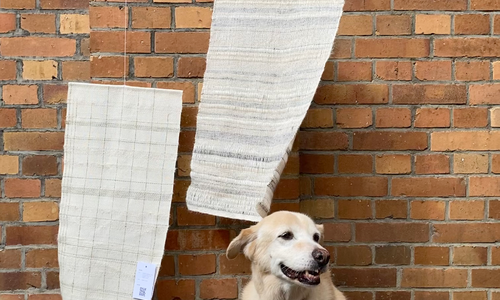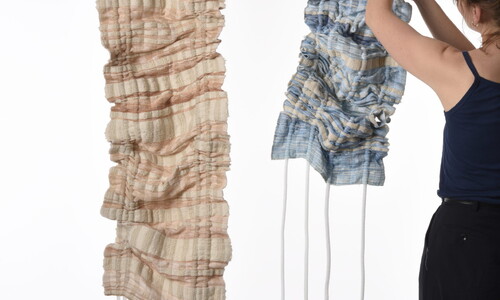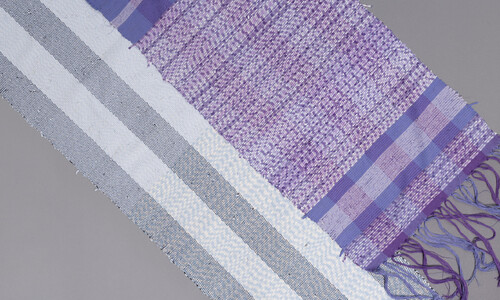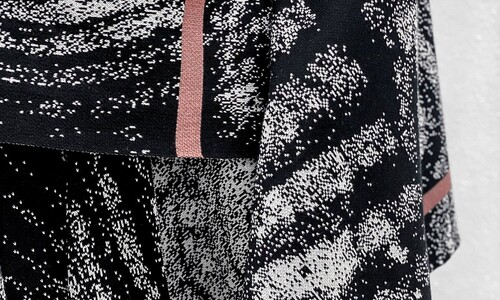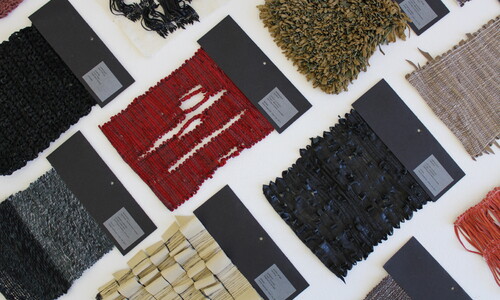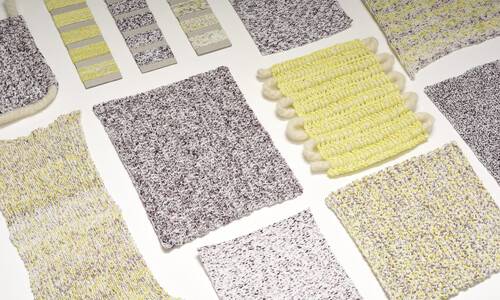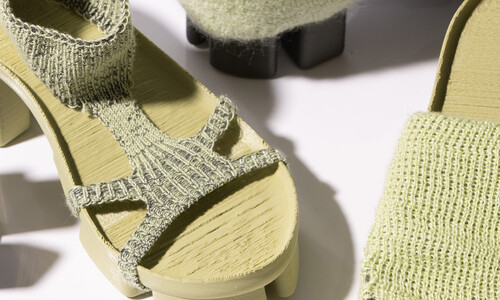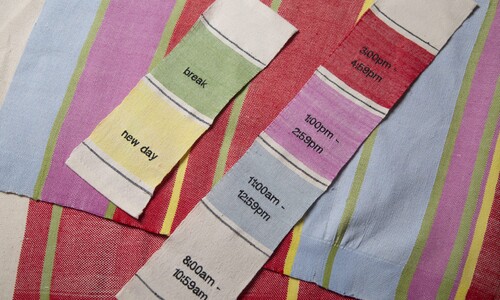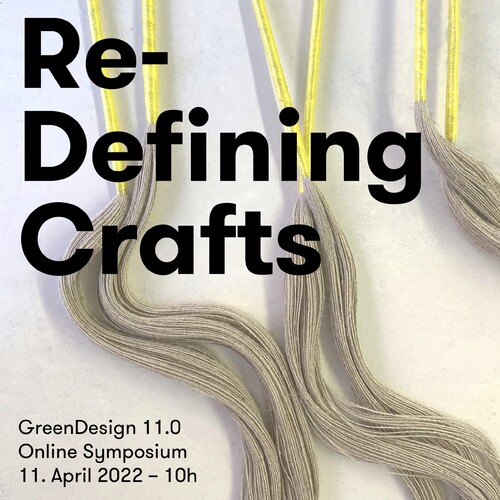
"It is not craft as ‚handcraft‘ that defines contemporary craftmanship: it is craft as knowledge that empowers a maker to take charge of technology.“ (Peter Dormer)
We are living in an ever-more complex, information-riddled and fast-paced consumer society, while at the same time facing dramatic climate change. Concurrently, our daily routines have become increasingly virtual, not least also due to the long-lasting Covid pandemy. In turn, however, many designers and artists have reconsidered the role of human touch – slow-making, culturally sensitive, hand-touched qualities of craft are gaining recognition 150 years after the industrial revolution, indirectly referencing the Arts and Crafts Movement at the end of the 19th century. Today, however, the human hand is often augmented by digital tools to combine ancient skills with radical new technologies and forward-thinking ideas. Frequently designers are inventing entirely new processes as they go. This is rendering an alternative view of contemporary design, with unique qualities as opposite to the ubiquity and soullessness of mass-produced and branded products.
Craft means attention to detail, regardless of how economical one-offs or small series are. It creates its own space for thought and perception. In this project we were aiming to take an innovative, both fresh and analytical look at craft, combining hand, mind and eye, technical skill and aesthetic sensibility:
What are the aesthetic and emotional qualities of materials and processes associated with craftsmanship? What new sustainable practices can be developed from them? What place do slow making, skilled hand and engagement with crafts have in our social, economic and cultural lives? Which digital tools for the contemporary crafts fabrications can be adopted to contribute to the current understanding of craftsmanship and design?
The following topics were meant as suggestions for the participating students to steer their creative implementation more clearly in one direction. And as possible starting points for coining other sub-themes, with sustainability in mind, if and as relevant:
- High-Crafts or Exquisite Handicrafts – Hand-touched qualities of craft: This thread focused on the crafts heritage and on particular material and aesthetic sensibility. It fostered the transition between old and new meanings, values and aesthetics by reinterpreting the tradition;
- Lab Crafts or Techno-Crafts - Technology as an extension to the capabilities of the human hand: This involved the revival ancient crafts through new technologies, materials and ideas or even the invention of entirely new processes;
- Social Crafts or Crafting Connections - Craft as a connection between people and cultures: This focus was dedicated to the social meaning of production and collective authorship. It addressed the human instinct to make things and the need for sharing experiences and stories while creating craft, nowadays widely empowered by the web.
The project started with an intense “Ikat” Workshop, where the weaving material was dyed with natural pigments. This wasfollowed by the „From****Yarn To Textile“ workshop, giving the participants the opportunity to spin own yarns and use them to create textiles on the TC2 Jacquard loom or/and on the digital Kniterate knitting machine. In addition, external designers were invited for lectures, thus contributing to a broader understanding of the RE-DEFINING CRAFTS context.

